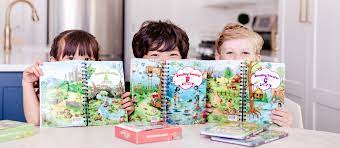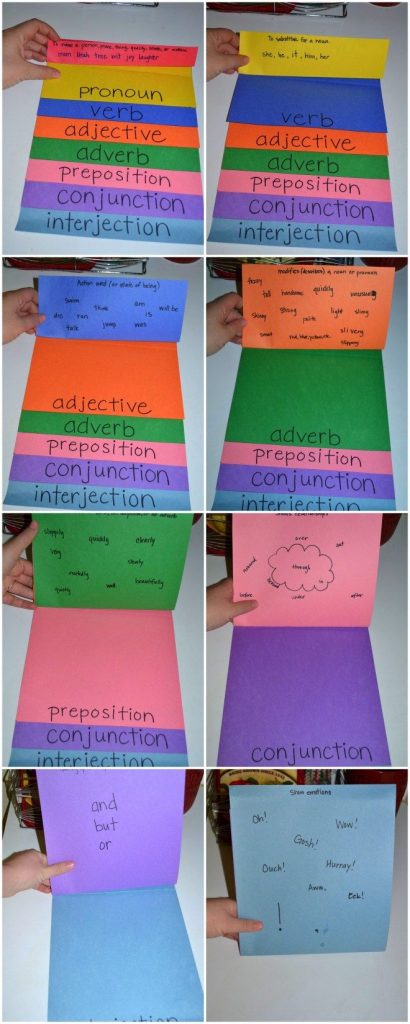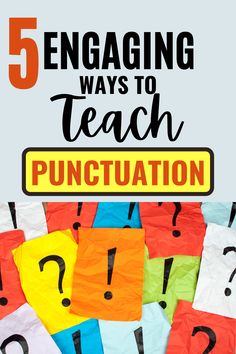1.Start with the basics: Ensure that students have a strong understanding of each letter and the sound it makes before moving on to blends and digraphs.
2. Use visual aids: Flashcards, alphabet charts, and diagrams can help visual learners grasp phonics concepts.
3.Incorporate movement: Have students clap, jump, or tap out the number of sounds they hear in words.
4.Blend sounds smoothly: Teach students to blend sounds together smoothly without stopping between them.
5.Use multisensory approaches: Engage multiple senses with activities like writing letters in sand or shaving cream.
6.Provide hands-on learning: Letter tiles and magnets can help students manipulate sounds to form words.
7.Teach word families: Introduce common word endings and patterns to help students decode words more quickly.
8.Focus on decoding skills: Regular practice with decoding helps students apply phonics skills when reading.
9.Make use of technology: Apps and online games specifically designed for phonics instruction can be both educational and fun.
1.Use literature: Read books that highlight particular phonics rules or patterns.
11.Implement phonics songs and chants: These can make learning phonetic sounds memorable and enjoyable.
12.Conduct interactive writing sessions: Students can identify sounds and spellings together in a group setting.
13.Encourage peer learning: Pair stronger readers with emerging readers to practice phonics through cooperative learning activities.
14.Differentiate instruction: Tailor your phonics instruction to meet the varied needs of your students.
15.Review frequently: Regularly revisiting phonics rules ensures retention and mastery over time.
16.Practice decoding in context: Offer ample opportunities for students to apply their phonics knowledge by reading simple texts aloud together.
17.Teach explicit spelling rules: Understanding these rules can help with both reading and writing skills.
18.Leverage guided reading sessions: These sessions allow for targeted phonics instruction based on student needs.
19.Connect to related spelling patterns: Highlighting connections between phonics patterns can enhance understanding and recall.
20.Get creative with crafts: Have students create their own alphabet booklets, emphasizing different sounds each letter makes.
21.Encourage fluency practice during transitions or downtime by using flashcards or quick word list reads.
22.Utilize graphic organizers such as Venn diagrams or columns to compare phonemes and words.
23.Explore rhyming games that focus on end sounds which coincide with certain spelling patterns.
24.Embed phonemic awareness into daily classroom routines to strengthen foundation skills necessary for effective phonics development.
25 .Offer continuous positive feedback, ensuring that any correction is combined with reinforcement of what the student is doing well.
These tips should be accompanied by an array of resources such as:
– Phonic worksheets specific to sounds, blends, digraphs, etc.
– Online resource platforms like Starfall or ABCmouse
– Children’s books rich in rhyme and alliteration
– Educational videos from channels like Alphablocks
– Guidance from educational websites such as Reading Rockets or Understood.org
Equipping yourself with a variety of strategies and resources will help you approach teaching phonics with confidence, meeting the diverse learning styles and needs of your classroom full of eager readers.











